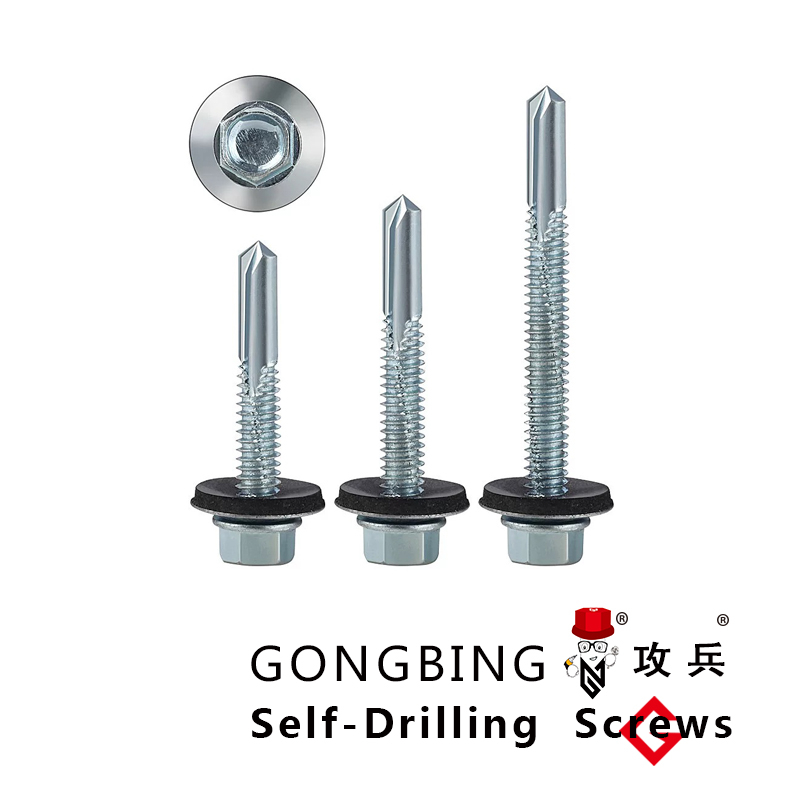steel rod cross bracing
The Importance of Steel Rod Cross Bracing in Structural Engineering
In the field of structural engineering, ensuring the stability and integrity of structures is paramount. One effective method employed to enhance structural resilience is the use of cross bracing with steel rods. This technique allows for the distribution of forces, providing a robust solution to a variety of engineering challenges, particularly in buildings, bridges, and other infrastructure projects.
Understanding Cross Bracing
Cross bracing refers to the use of diagonal members within a structural frame to create a truss-like system. By crossing these members, engineers can effectively counteract lateral forces such as those caused by wind or seismic activity. Steel rods are often chosen for this application due to their superior strength-to-weight ratio, durability, and resistance to various environmental factors.
The geometry of cross bracing adds stiffness to the structure, enabling it to resist deformation. When lateral loads are applied, the cross bracing creates tension and compression forces that work in tandem with the structural frame, thus preventing buckling and failure. The result is a more stable structure capable of withstanding unexpected forces.
Advantages of Steel Rods
Steel rods, in particular, offer several advantages as a bracing material. First, they have a high tensile strength, which means they can endure considerable loads before failing. This is especially important in scenarios where forces can be unpredictable, such as during an earthquake or high winds. The use of steel rods also minimizes the overall weight of the bracing system, allowing for easier handling and installation while reducing the load on the structure itself.
Another significant benefit of steel rod cross bracing is its longevity and low maintenance requirements. Steel is resistant to rot, pests, and other forms of decay, making it ideal for use in various environments. With proper galvanization or coating, steel rods can withstand corrosion, ensuring the longevity of the structure they support.
Applications in Construction
steel rod cross bracing

Steel rod cross bracing is utilized in a variety of applications, from commercial buildings to industrial warehouses and from bridges to towers. In high-rise buildings, for example, cross bracing is critical in maintaining stability, especially in urban areas prone to high winds. Engineers often incorporate cross bracing into the design of these structures, allowing them to sway without breaking or collapsing.
In bridge construction, cross bracing serves an essential role in distributing loads and ensuring passenger safety. By incorporating steel rods into the design, engineers can create bridges that are both lightweight and strong, capable of handling heavy vehicular traffic while remaining structurally sound.
Similarly, in the realm of seismic design, cross bracing is vital. Regions that experience earthquakes must consider the effects of seismic forces on structures. By integrating steel rod cross bracing, buildings can better absorb and dissipate energy, significantly reducing the risk of structural failure.
Challenges and Considerations
While steel rod cross bracing offers numerous benefits, it is essential to consider some challenges during the design and construction phases. The placement and orientation of the bracing members must be carefully planned to ensure optimal performance. Inappropriate configurations can lead to issues such as increased weight or unintended load paths, which can compromise the integrity of the structure.
Additionally, the connections between steel rods and the main structural elements must be meticulously designed. Proper connection techniques are vital for transferring loads effectively and ensuring the overall stability of the bracing system.
Conclusion
In conclusion, steel rod cross bracing is a critical component in modern structural engineering, providing a solution for enhancing the stability and resilience of various structures. By effectively counteracting lateral forces and ensuring the integrity of buildings, bridges, and other infrastructures, this technique plays a vital role in creating safe and durable environments. With continued advancements in materials and engineering practices, the use of steel rod cross bracing is likely to expand, further contributing to the field of structural engineering and the safety of our built environment. As we face increasing challenges from climate change and urbanization, the importance of robust and resilient structures cannot be overstated, making steel rod cross bracing an indispensable tool in the engineer’s toolkit.
-
Weatherproof Plastic Expansion Anchors for OutdoorNewsJun.06,2025
-
Sustainability in the Supply Chain: Eco-Friendly TEK Screws ProductionNewsJun.06,2025
-
Load-Bearing Capacity of External Insulation FixingsNewsJun.06,2025
-
Double Head Bolts: Enhancing Efficiency in Industrial MachineryNewsJun.06,2025
-
Corrosion Resistance in Chipboard Screws: Coatings for Wholesale DurabilityNewsJun.06,2025
-
Butterfly Toggle Bolts : Enhancing Structural ResilienceNewsJun.06,2025
